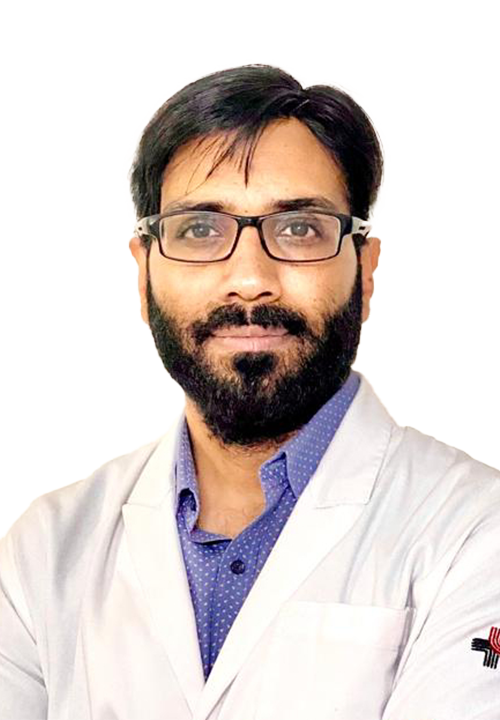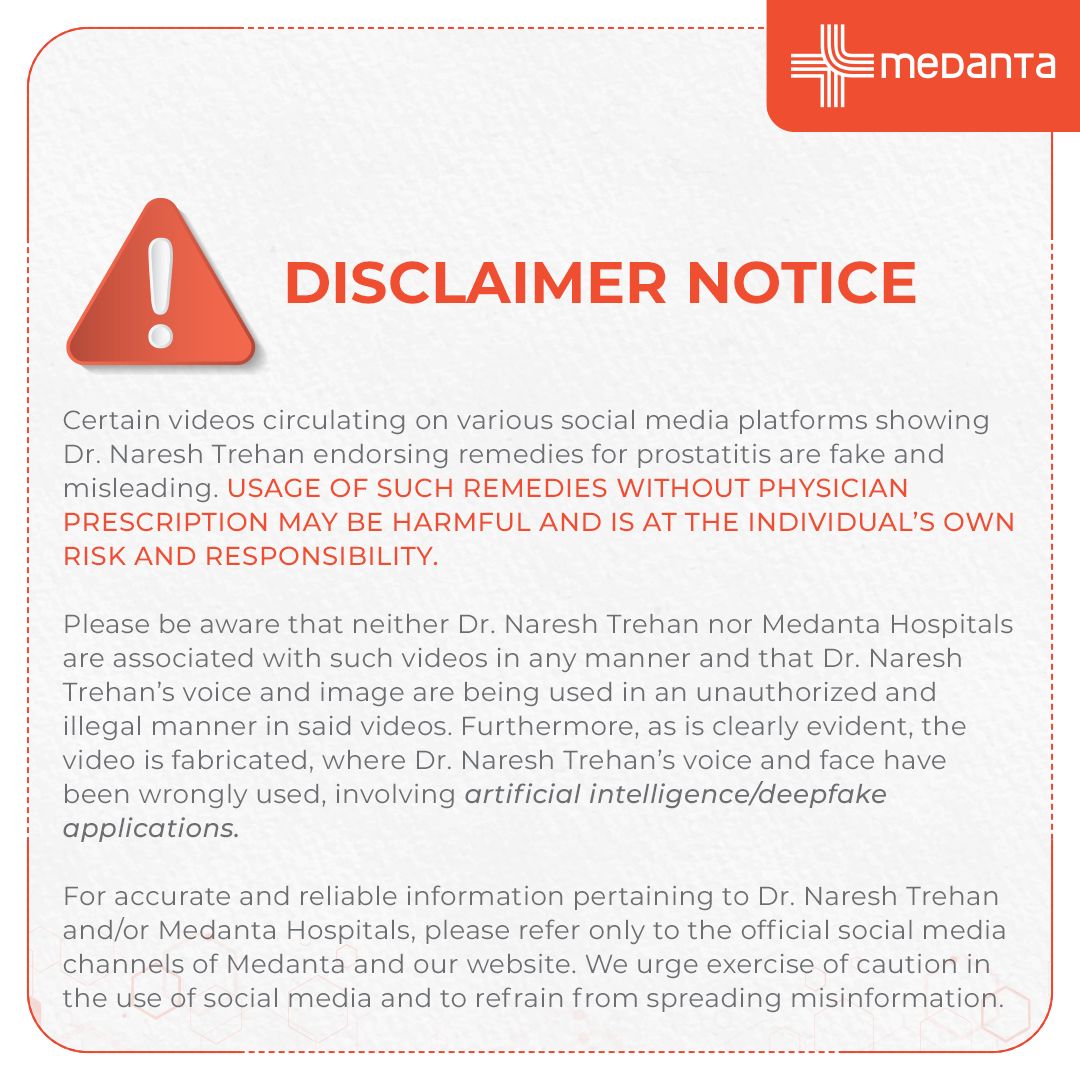Recent years have seen remarkable advancements in medicine, driven by technological innovations that are revolutionising various medical procedures. Among these innovations is the introduction of virtual liver surgery labs equipped with the state-of-the-art 3-D Myrian CT system. This cutting-edge technology has transformed the landscape of liver surgeries, offering surgeons enhanced visualisation and precision. In this article, we explore the intricacies of virtual liver surgery labs with the 3-D Myrian CT system, examining its role in surgical procedures, preparation, execution, post-procedure care, benefits, associated risks, and unique features.
A virtual liver surgery lab is a specialised facility equipped with advanced technology, including the 3-D Myrian CT system. This system utilizes sophisticated imaging techniques to generate detailed three-dimensional models of the liver and its surrounding structures. It provides surgeons with unparalleled clarity in navigating and visualising the complex anatomy of the liver. By creating a virtual environment, this lab enables surgeons to meticulously plan and simulate liver surgeries before performing them on patients, thus enhancing surgical precision and effectiveness.
The virtual liver surgery lab with the 3-D Myrian CT system offers several advantages throughout the surgical process. It facilitates comprehensive preoperative assessment, allowing surgeons to accurately evaluate liver anatomy and identify any abnormalities or pathologies that may impact surgery. This detailed planning helps in anticipating challenges and refining surgical strategies.
During surgery, the 3-D Myrian CT system provides real-time dynamic imaging, enabling surgeons to navigate the liver with precision and avoid vital structures, thereby minimizing damage to healthy tissue. Moreover, the virtual lab allows for the simulation of various surgical scenarios, providing invaluable training opportunities that enhance surgical skills and confidence while reducing the risk of errors during actual procedures.
Before conducting surgery in a virtual lab with the 3-D Myrian CT system, meticulous preparation is essential. This includes comprehensive imaging tests such as CT scans or MRI to create a detailed three-dimensional model of the liver. Surgeons then use specialised software to interact with this model, gaining a thorough understanding of the patient's unique anatomy and planning the surgical approach accordingly.
During the virtual surgery, surgeons simulate each step using advanced tools and software available through the 3-D Myrian CT system. Real-time imaging capabilities allow for precise navigation and adjustment of surgical techniques, ensuring optimal outcomes. This rehearsal in the virtual environment enhances efficiency and accuracy during the actual surgery.
Following virtual liver surgery, careful analysis of the simulated procedure helps refine the surgical plan for the actual operation. This review process involves interdisciplinary collaboration among surgeons, radiologists, and healthcare professionals to optimize patient outcomes.
The virtual liver surgery lab with the 3-D Myrian CT system stands out due to its integration of advanced imaging technology, real-time dynamic imaging during surgery, and comprehensive preoperative simulation capabilities. This combination allows surgeons to achieve unprecedented precision and safety in liver surgeries, ultimately improving patient outcomes.
Therefore, the 3-D Myrian CT system in virtual liver surgery labs represents a significant advancement in surgical practice. By leveraging state-of-the-art technology for preoperative planning and intraoperative guidance, this system ensures safer, more precise liver surgeries with enhanced patient care and outcomes.
- Is virtual liver surgery cost-effective?
Although the initial investment in virtual liver surgery technology may be substantial, its long-term cost-effectiveness is evident. This technology enhances surgical precision, reduces complications, shortens hospital stays, and minimizes postoperative interventions, thereby potentially lowering healthcare expenditures over time. - Can virtual liver surgery labs be utilized for educational purposes?
Virtual liver surgery labs serve as invaluable educational tools, offering medical students and surgical trainees a realistic, interactive platform to study liver anatomy, pathology, and surgical techniques without the risks associated with live operations. - Are there limitations to virtual liver surgery planning?
Despite its numerous advantages, virtual liver surgery planning does have limitations. These include the requirement for high-quality imaging data, the need for users to be proficient with the technology, and possible discrepancies between virtual models and the patient's current anatomy due to intraoperative changes. - What is the typical duration for planning liver surgery using virtual labs?
The time needed for planning liver surgery using virtual labs varies based on case complexity, imaging data quality, and surgeon experience with the system. However, this planning phase investment often leads to more efficient and successful surgeries. - Can virtual liver surgery labs assist in minimally invasive procedures?
Virtual liver surgery labs are highly beneficial for planning minimally invasive procedures such as laparoscopic or robotic surgeries. They enable surgeons to map precise instrument pathways and visualize target areas without large incisions. - Is the 3-D Myrian CT system compatible with other imaging modalities?
The 3-D Myrian CT system is designed for compatibility with various imaging modalities, often integrating data from MRI, PET scans, and ultrasound to enhance the accuracy and detail of 3-D liver models. - Can virtual liver surgery labs aid in detecting liver tumors?
Virtual liver surgery labs can aid in detecting liver tumors by generating detailed 3-D images that highlight structural abnormalities. This enhanced visualization helps identify tumors that may be challenging to detect using traditional imaging methods. - What are the risks associated with virtual liver surgery planning?
The risks associated with virtual liver surgery planning are minimal but include the potential for over-reliance on technology. Surgeons must balance their clinical judgment with virtual models and prepare for intraoperative variations. - Is virtual liver surgery suitable for pediatric patients?
Virtual liver surgery is suitable for pediatric patients and can be particularly beneficial due to the smaller and more delicate nature of children's anatomy. It enables precise surgical planning, critical in pediatric liver surgeries. - How does the 3-D Myrian CT system handle liver vascular structures?
The 3-D Myrian CT system excels in visualizing liver vascular structures, accurately delineating blood vessels. This capability aids in planning surgeries that avoid critical vasculature and maintain proper blood flow throughout and after the procedure. - Can virtual liver surgery labs improve patient outcomes?
Virtual liver surgery labs can significantly enhance patient outcomes by facilitating meticulous preoperative planning and allowing for surgical rehearsal. This approach reduces complications, minimizes blood loss, and promotes faster recoveries. - What are the distinctions between virtual liver surgery and simulation-based training?
Virtual liver surgery focuses on planning and rehearsing actual patient surgeries, whereas simulation-based training typically involves practicing on virtual models without patient-specific data. - Is virtual liver surgery planning widely accessible?
Virtual liver surgery planning is increasingly available but not yet universally accessible. It is more common in specialized medical centers with the resources to invest in advanced imaging technologies. - How does the 3-D Myrian CT system aid in liver segmentation?
The 3-D Myrian CT system facilitates liver segmentation by allowing surgeons to divide the liver into anatomical segments based on vascular and biliary structures. This capability is crucial for planning segmental resections and other targeted liver surgeries. - Can virtual liver surgery labs reduce operating time?
Virtual liver surgery labs can reduce operating time by providing surgeons with a clear surgical plan beforehand, minimizing intraoperative decision-making and adjustments. - What software is required for using the 3-D Myrian CT system?
To use the 3-D Myrian CT system, specialized software capable of processing and rendering CT images into 3-D models is essential. This software includes tools for manipulating and analyzing virtual liver data. - Can virtual liver surgery labs integrate into existing hospital workflows?
With proper planning and training, virtual liver surgery labs can seamlessly integrate into hospital workflows, facilitating a smooth transition from preoperative planning to surgical procedures. - How does virtual liver surgery planning impact postoperative recovery?
Virtual liver surgery planning positively impacts postoperative recovery by enabling more accurate and less invasive surgeries, resulting in shorter hospital stays and faster patient healing. - Can virtual liver surgery labs assist in liver transplantation planning?
Virtual liver surgery labs play a crucial role in liver transplantation planning by assessing donor liver size and fit, and planning surgical approaches for both donor and recipient. - What are the storage requirements for virtual liver surgery data?
Due to the large size of high-resolution imaging files, secure and ample digital storage is necessary for virtual liver surgery data. Hospitals must ensure they have adequate infrastructure to manage and protect this data. - How does virtual liver surgery planning influence preoperative assessments?
Virtual liver surgery planning enhances preoperative assessments by providing surgeons with a detailed understanding of liver anatomy, refining surgical approaches accordingly. - How does the 3-D Myrian CT system handle liver deformities?
The 3-D Myrian CT system accurately renders liver deformities, offering surgeons a realistic view of atypical anatomies crucial for planning personalized surgical interventions. - What are the patient selection criteria for virtual liver surgery planning?
Patient selection criteria typically include case complexity, presence of liver tumors or deformities, and the need for precise surgical approaches. - Can virtual liver surgery labs predict surgical complications?
Virtual liver surgery labs aid in predicting and mitigating surgical complications by allowing surgeons to anticipate challenges and plan accordingly. - Is virtual liver surgery planning suitable for emergency cases?
While beneficial, virtual liver surgery planning may be time-prohibitive for emergencies. However, it remains crucial for urgent yet non-immediate cases. - How does virtual liver surgery planning affect surgical precision?
Virtual liver surgery planning enhances surgical precision by offering detailed anatomical insights and enabling surgical rehearsals, thereby improving maneuver accuracy. - Can the 3-D Myrian CT system assess liver function?
Primarily for anatomical imaging, the 3-D Myrian CT system indirectly assesses liver function by revealing liver disease or damage extent. - What role does virtual liver surgery play in multidisciplinary meetings?
Virtual liver surgery enhances multidisciplinary meetings by providing a visual platform for discussions, planning, and decision-making. - Can virtual liver surgery labs support research?
Virtual liver surgery labs support research by enabling study of liver diseases, testing new techniques, and developing medical innovations. - How does virtual liver surgery planning impact patient satisfaction?
Virtual liver surgery planning often enhances patient satisfaction by improving outcomes, reducing recovery times, and fostering patient understanding of the surgical process. - Are there ethical considerations with virtual liver surgery labs?
Ethical considerations include patient consent, data privacy, and potential inequities in access based on socioeconomic factors. - Can virtual liver surgery planning be used for benign conditions?
Virtual liver surgery planning benefits benign conditions, offering precision and safety comparable to malignant cases. - How does the 3-D Myrian CT system visualize bile ducts?
The 3-D Myrian CT system clearly visualizes bile ducts, crucial for surgeries involving the biliary system to avoid injury and ensure postoperative function. - What is the future of virtual liver surgery technology?
The future of virtual liver surgery technology involves deeper integration with medical technologies, increased accessibility, enhanced imaging and modeling, and broader applications in personalized medicine, promising significant improvements in surgical outcomes and patient care.


